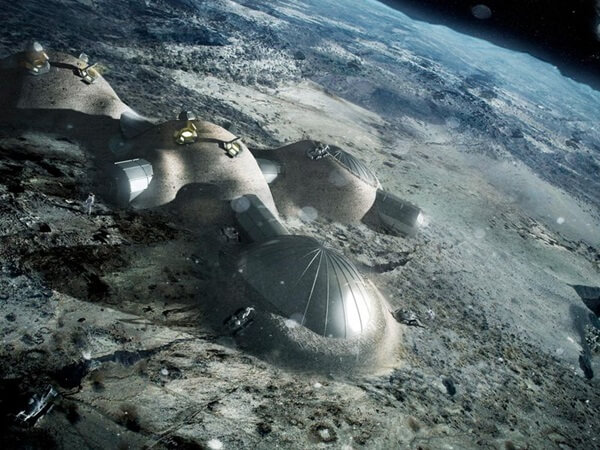Researchers estimate it should take a pair of such robots about three Earth months to construct a solid dome around an inflatable module. And as more of these habitats are built, they will be networked together through a series of pressurized walkways connected to airlocks at each module.
Making it happen
Europe, NASA, and even China are all currently working toward the goal of establishing a long-term presence on the Moon. But the reality is that no matter who gets credit for building the first reliable lunar settlement, it will likely one day morph into a massive international collaboration unlike anything humans have ever seen.
With the ESA and MVA spending time thoughtfully considering the best approaches for building an expandable, adaptable, and most of all permanent lunar base, Moon Village is definitely worth keeping an eye on.
We are the change the world has been waiting for!
Have you witnessed an unidentified flying object?
Whether you think UFOs are black projects, extraterrestrial craft, something else altogether, or just don’t know.
Unconditional love. The road we all get to walk. Unconditional love is like the sun.
WE ARE THE DISCLOSURE ~ WE HAVE NEVER BEEN ALONE
Love and Regards,
Thank You,
Nancy Thames





